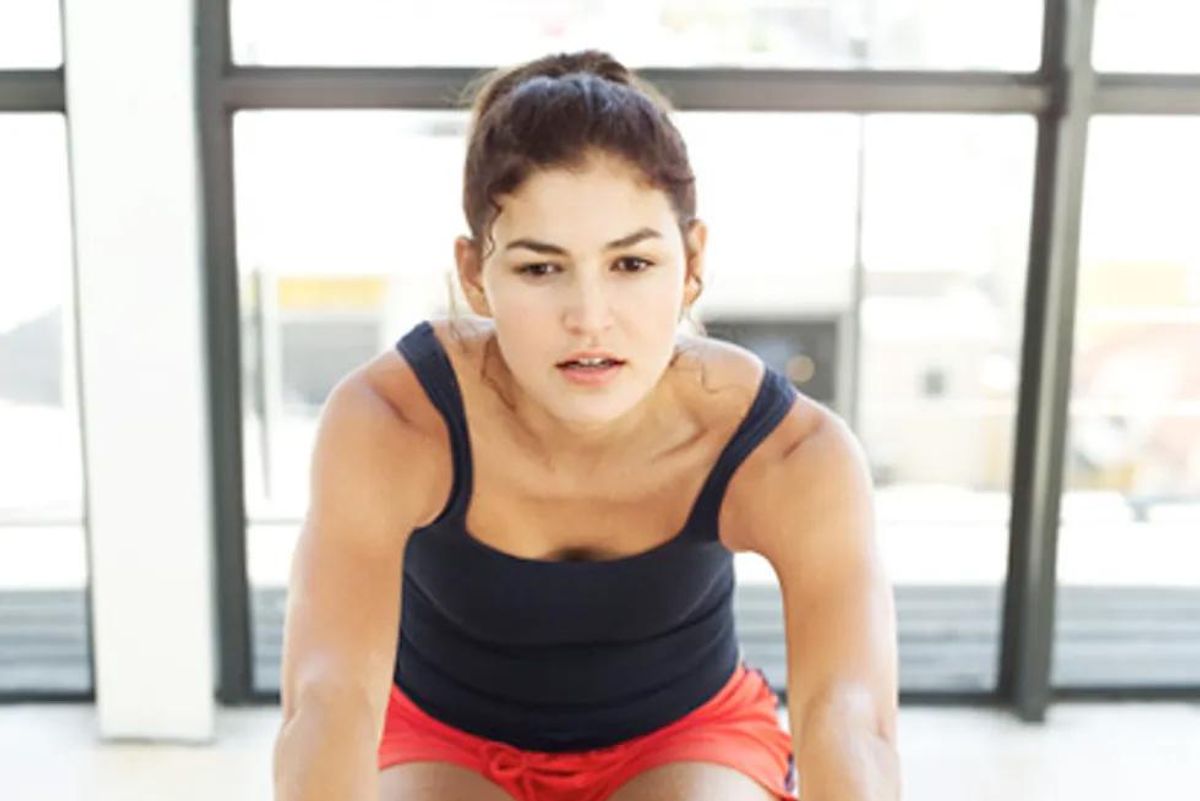This article has been archived. We will no longer be updating it. For our most up-to-date information, please visit our arthritis information here.
Are joint jitters keeping you from getting the exercise you need?
If you have pain caused by arthritis, bursitis, tendonitis, sports injury, an autoimmune disorder such as lupus, or other source, exercising might seem out of the question. After all, your stiff and uncomfortable joints already ache when you get out of bed, walk down stairs, or reach for a box on the supermarket shelves. Why would you want them to endure the stress of exercise?
The conventional wisdom used to be that exercising would increase joint problems. Years of research findings now show that the less you move your joints, the weaker and more painful they become. You then use them less, eventually causing a decline in their ability to function. One recent study of people with arthritis, published in the journal
Arthritis & Rheumatism, found that women and minorities experience this decline most frequently.
Being physically inactive not only can worsen your joint problems, it also increases your risk for developing type II diabetes, cardiovascular disease and osteoporosis.
Physical activity lessens chronic joint symptoms and improves overall quality-of-life. It provides those benefits without increasing healthy adults' risk of developing osteoarthritis in the hips or knees or musculoskeletal pain.
"Exercise is an important part of any arthritis treatment program," says Bernard R. Rubin, D.O., M.P.H., chief of the division of rheumatology at the University of North Texas Health Science Center. "If someone says they have pain 'all the time,' I encourage exercise since they may actually have a
decrease in symptoms with regular exercise."
Think three
To help your joints, focus on three types of exercise—flexibility, strengthening and aerobic. "Just start out slowly," says Heather Elco, MA, ATC, an exercise physiologist at The Cleveland Clinic. When you have joint pain, it's especially important to talk with your health care professional before starting to exercise in order to choose the right activity for your specific condition, Elco says.
After a brief adjustment period, your joint-friendly exercise routine will probably include all three of these exercise categories:
- Flexibility: Begin with these movements, which stretch your muscles and help improve the range-of-motion your joints can achieve, reducing stiffness: Try simply sitting on the floor, with your legs in front of you and lean forward. "Do a little bit each day. Stretch to the point you feel resistance," Elco says. As you become more flexible, you will be able to lean farther forward. Add more stretches slowly. Include additional stretches as your flexibility improves.
- Strengthening: Stronger muscles support and protect joints better. Elco suggests doing wall push-ups or standing lunges to start. Add very light weights (2 pounds or less) to strengthening exercises only after working without weights has become easy. Rubin advises using light weights and frequent repetitions to avoid "any undue stress on the joints."
- Cardiovascular: Walking, swimming, and bike riding get your heart pumping and yield great health benefits with just moderate intensity, Elco says. Unlike high-impact aerobics, these exercise activities are gentle on your joints while providing a good cardiovascular workout. If you haven't been moving much, start slowly. "Walk around the first floor of your house for 10 minutes a day, then slowly build up to 30 minutes," says Elco. When you have gained confidence and adequate endurance you can head out the door to a park or gym.
Top tips for exercising when you have joint problems
- Dive right in. Exercising in water is low- to no-impact, taking weight off painful joints and encouraging a larger range of motion than you might attain on land. Water exercise provides natural resistance (you can add more with special foam paddles). Warm pool water also soothes aching joints.
- If you have shoulder problems, you might want to avoid the overhead motions of some swim strokes, but other good alternatives exist. Try running in place in the pool. You can do this in chest-high water or in the deep end, using a special buoyancy harness to keep you afloat.
- For those with knee and hip pain, use a stationary bike, or ride outside, to reduce impact on sore joints.
- Rowing machines are good for people whose joint pain is primarily in their lower bodies.
- Elliptical machines produce minimal impact on joints while providing a good cardiovascular workout, Elco says. That's because the equipment uses hydraulics and the impact is primarily absorbed by the machine instead of the joints.
- Try yoga or Tai Chi for stretching and to improve flexibility, range-of-motion and balance. A recent University of Pennsylvania study showed reductions in pain and disability from knee osteoarthritis in a group of overweight people, aged 50 and up, who took 90-minute yoga classes weekly for eight weeks.
- Apply heat before exercise, Rubin says. It relaxes muscles and joints, as well as eases pain. After physical activity, ice joints to reduce swelling.
- Avoid exercising an actively inflamed joint, recent joint replacement, or any kind of damage that might cause physical instability.
- Do not use heavy weights, says Rubin, and avoid extending or flexing any joint to its maximum position.
- If you feel pain sharp pain in a joint or elsewhere while exercising, stop. Muscle fatigue is common during exercise, however, muscle pain due to conditioning using begins after exercising and wears off gradually, Elco says. "If it's actual joint pain, you may be pushing yourself too far, too fast," she says.


